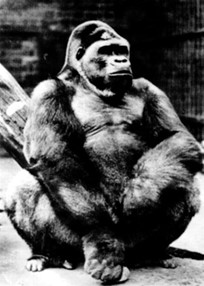
Whenever my Mum’s sister, (who we called Pem, never Auntie) arrived on her bi-annual visit from London, and her job at the Shepherd’s Bush Post Office, Mum, (Flo), my little brother, Colin, and me, had traditional days out, not otherwise affordable. For the ‘Winter Leave’, which was usually in February, we had a Box, very grand, at the Hippodrome for the Pantomime. On one occasion I went on stage when children were called up, a showy-offy tendency, carried on by young grand-daughter, who more than half a century in the future mirrored the feat this year at a London show in which the ‘star’ was a You-Tube Influencer. I sang a few words to a song, but unfortunately, unlike my grand-daughter, received no reward, apart from the glory. Neither did we have a mobile on which to record the event, so you’ll have to take my word for it.
The actual performance was always more or less the same, whether it was Babes in the Wood, Cinderella or Aladdin. At curtain up a rustic scene revealed a line of juvenile tap dancers, sprinkled with assorted villagers, then ‘the Principal Boy’ a buxom woman in high heels would come on briskly thigh-slapping, followed by a man dressed as a woman, ‘the Dame’, (‘He’s behind you!’) or sometimes there were two, if Ugly Sisters were required. Various top Radio Stars played ‘Buttons’ (tragi-comic) or ‘Bill and Ben, the Broker’s men’, (slapstick), take your pick. Mix-ups occurred, there were double entendres which we didn’t get (including Mum – “I didn’t know why everybody was laughing”), Pop songs of the day were sung, ‘You are my Sunshine’, ‘Don’t fence me in’ and we gasped at Fairy Godmothers and the colourful ‘transformation scenes’. Our usual world really was black and white. We almost swooned at the spectacular ‘Happy Ever After’ when the Prince and Princess were married against all odds, and the rest of the cast streamed down the staircase to take curtain calls to thunderous applause. Then with it all over until the next year, muffled up against the cold, and usually fog, we waited for the bus home to Kingswood. I became a life-long ‘arty-farty’ and all down to the Pantomime.
Around about Michaelmas Day in September, Pem came for a few days ‘Summer Leave’ which generally coincided with half-term. We would go travelling, once again by bus, including a stand-out year when we spent the day at Longleat, long before ‘The Lions’. Somebody called Pem “Ma’am”. Beaming she said he must have mistaken her for the Dowager Marchioness of Bath. She had embraced middle-age early, and took to dowager status in her mid-forties, dressing up in a fox fur, and a hat with a veil. I don’t think she ever read Miss Jean Brodie, but she was certainly in her prime. Usually we had three days out which followed an annual pattern, Blaise Castle, free, sandwiches, a bottle of Tizer; the Museum, also free, but finished at Carwardine’s Tea Shop, one of the few cafes in Bristol at the time, a rare treat for tea and toasted tea-cakes; which built up to a climax, the last full day, a visit to ‘Alfred-Up-The-Zoo’.
As Alfred the gorilla died in 1948, aged about 20. I cannot have seen him many times in the flesh, but nevertheless I can remember feeling sorry for him, squatting in his cage, as he always seemed so lonely, that huge 26-stone bulk, with no companions of his own kind. Did he recall anything of his life before being captured aged two, and then bought and sold a few times before being ‘acquired’ in Cameroon? From then on he was in captivity, penal servitude for life with no time off for good behaviour. He was occasionally bad-tempered, (but who can blame him?) and gained a reputation for peeing on people who irritated him or tantalised him by exaggeratedly eating fruit in front of his cage. Though I often saw the bad human behaviour, personally I never saw him retaliate apart from a belch or a bit of minor chatter when the human audience would clap.
When Alfred died aged 20, he was stuffed and displayed, walking on all fours, his coat sleeker and shinier than when he was alive, at the Bristol Museum, where in future we would go to pay our respects. A bronze was made of his noble head and could be seen at the Zoo.
Alfred’s quarters were the first we rushed for on entering the Zoo via the turnstile through the ornate gates, after which we moved on to the lions and tigers next door, catching feeding time if we were lucky, thrilling as their great jaws ripped at the great lumps of raw meat thrown in for them. For most of the time, they endlessly padded up and down, swishing their tails, their cages strong with feline scent, especially pungent if you went round the back of the enclosure where some would be asleep or a keeper might cleaning out with a brush and bucket. Jobs at the Zoo were highly sought after, often with uniform supplied. There was an aquarium, a quick walk through, nothing like the significant centre of research it eventually became; then the two polar bears who lived in a make-believe ice-cave painted white and blue, with entrances through which they prowled back and forth, to and fro, again and again. At least they had each other. But I, who have never been able to stand being caged up, knew instinctively that they, like the rest, though all well cared for given their unnatural circumstances, were bored and their pacing was unsettling. We would move on to the smaller creatures, penguins, monkeys, and seals, which somehow seemed to have a better time of it. After that the two grown-ups hovered about the flower gardens, and made much of the hot greenhouses, where we fidgeted whilst they oohed and aahed over the exotic blooms. I always wanted to get on (delayed by the inevitable stop for a pot of tea) to the zenith of the expedition, the ride on Rosie the elephant. Rosie shared almost equal status with Alfred. She was an Indian elephant – smaller ears – and her kin would have been trained for logging, or carrying mahouts on their backs, and loaded with toffs, who went to India to shoot animals. Big Game Hunting was disgustingly popular. I suppose carrying a cargo of children for a short swaying ride up a tarmac path and back was a welcome daily diversion, a snatch at life outside her compound not shared by the stately giraffes or the grumpy camels.

I have a feeling Rosie must have been trained to kneel so that the wooden contraption could be hauled up with the kids, five a side, already sitting in it. I can’t remember that part of it, but there was always a queue for the short ride, and the cradle creaked and swayed thrillingly as we rumbled along. I was fortunate: Colin, in his push chair, in the early days at least, was too young to go aboard.
The scene tallies with my memory. Note the girls in their smart dresses and coats and white socks and shoes. The lady in formal rig sitting on the bench could be Pem herself. We all went out in Sunday best in those days, dressed as if for church. Clothes were rationed, on coupons, and there was no such thing as ‘leisure wear’.
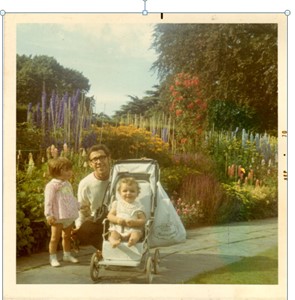
Caroline, Celia (in the pram) and Norman Lindegaard at Bristol Zoo.
A contrast, more than thirty years later. What a lovely herbaceous border! I can appreciate it now that I too am a grown up. This picture, taken at Bristol Zoo in 1970, shows George, my husband, (so young!) with our little girls, Caroline and Celia, with me behind the camera. Our son, Kevin, (the founder of this blog), was yet to be born. Looking at the photo one day, when he was about five, he asked “Where was I?” Without waiting for an answer he said delightedly, “I know! I was in that bag!”
After 186 years, Bristol Zoo closed on Saturday, 3 September 2022. Another icon gone. Times ever flowing stream……
Kevin adds:
Of course I never saw Alfred but me and my sisters would always be fascinated by the bronze head at the zoo. It is possible that this made an indelible mark on me. When I was 18, I was quite a film buff and went to the cinema to see Gorillas in the Mist starring Sigourney Weaver as Dian Fossey. I was so moved by the story of this feisty individual and her superhuman efforts to understand the behaviour of Mountain Gorillas and raise awareness of their perilous position on the brink of extinction. Immediately after the film I picked up a leaflet and joined what was then called The Digit Fund. This has since been renamed the Dian Fossey Gorilla Fund. Some years later I became a donor to The Gorilla Organization and one of the things my future wife and I did when we first dating was run through the streets of London dressed as Gorillas! At the time (2003) the Great Gorilla Run involved 650 runners – one for each of the Mountain Gorillas in existence. Today, that number has swelled to 1,069 which is testament to the incredible work that these two charities do. However, the fight to save this wonderful animal is far from over as human conflicts, poaching and climate change are constant dangers. Please donate today!
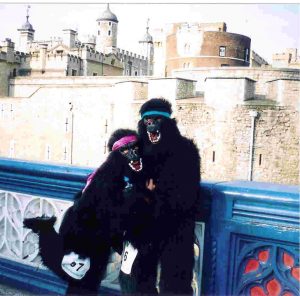
Sheena and Kevin Lindegaard on the Great Gorilla Run 2003 in front of the Tower of London


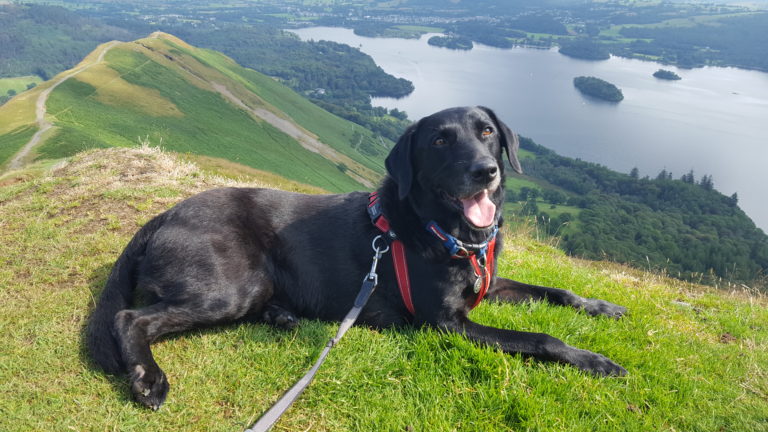
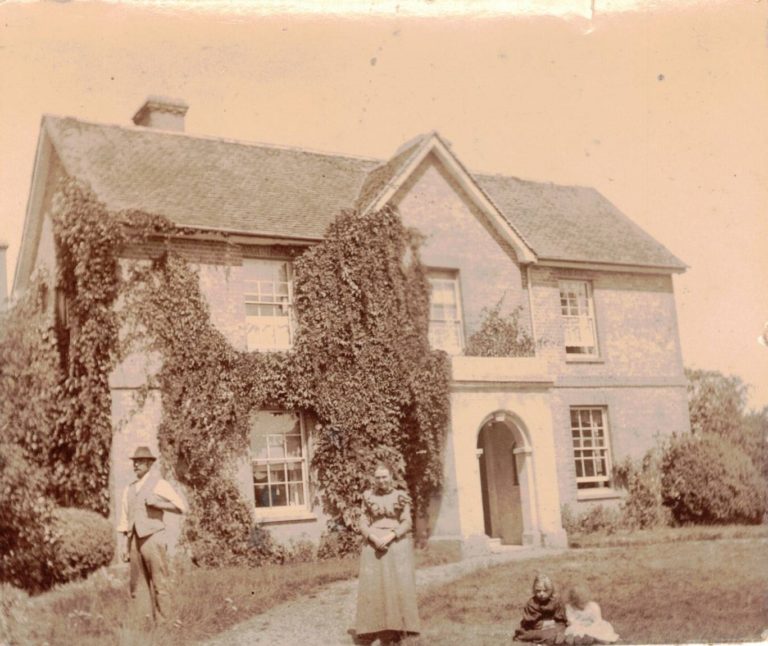
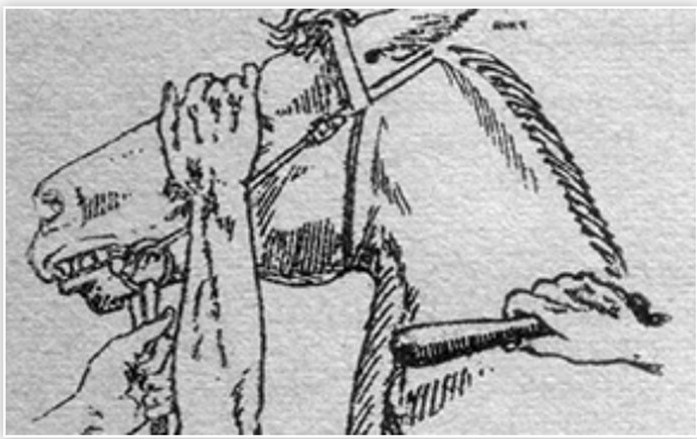
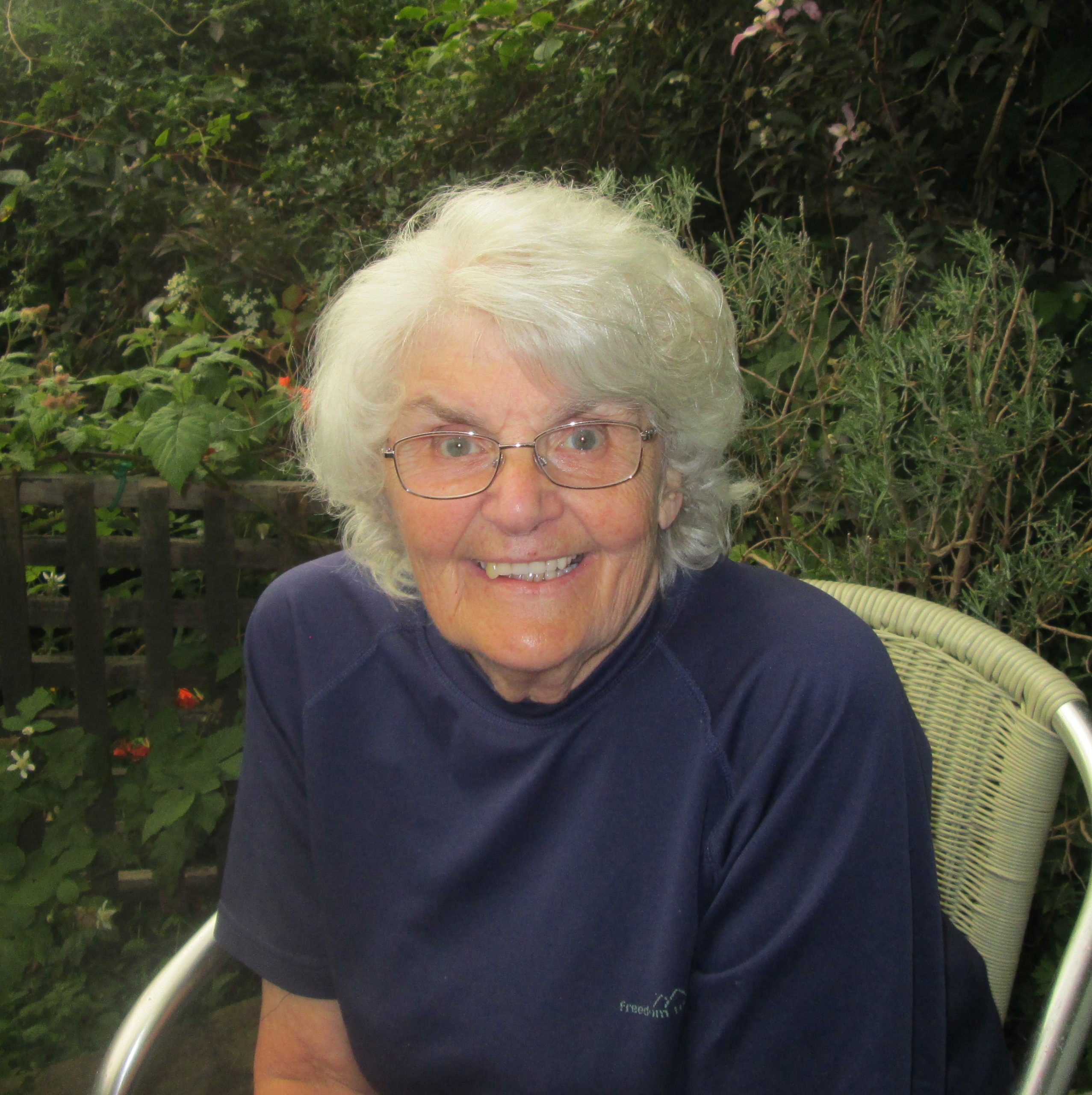



Leave a Comment